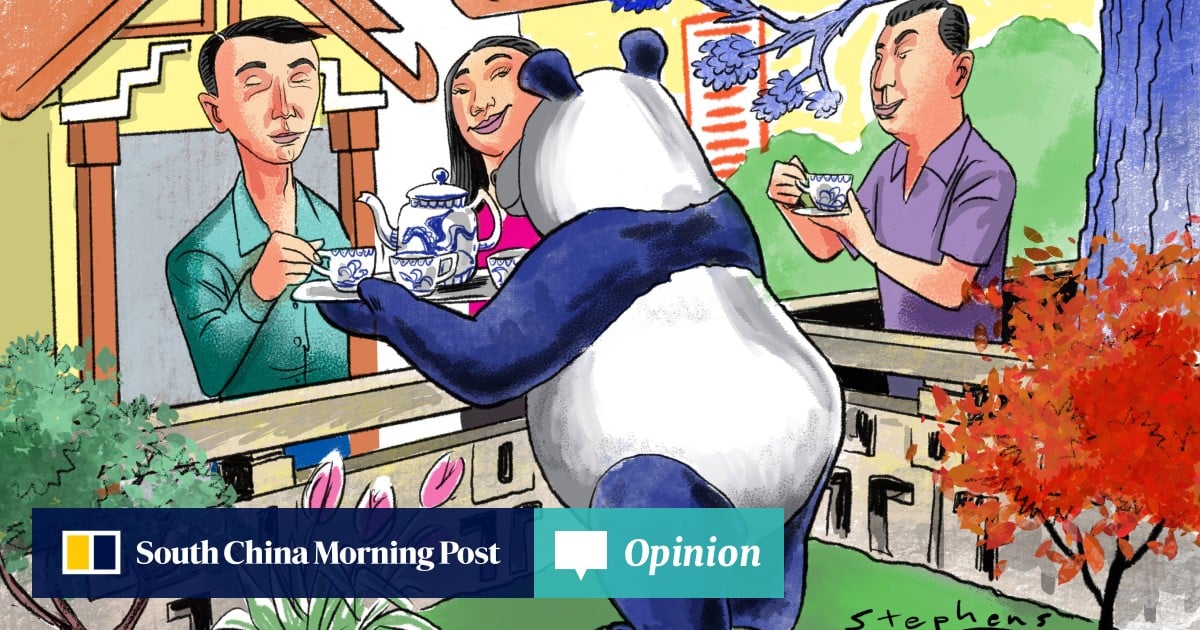
Advertisement
This idea has deeply influenced how people interact in Chinese society for thousands of years. My mother would agree with the saying. When I was less than a year old, she had to work on weekdays and my father was often away, so she regularly entrusted me to the care of our neighbours.
I don’t remember that time but, according to her, our neighbours were incredibly helpful – especially since my grandmother and other relatives lived hundreds of miles away and couldn’t come to help. This arrangement lasted quite a while, until my grandma eventually came to live with us.
In traditional Chinese society, neighbours weren’t just the people next door – they were an extension of the family. During weddings, funerals, the harvest or hard times, people turned to those closest not just in geography but also in spirit.
Advertisement
This geographic interdependence planted the seeds of a world view that values a harmonious coexistence and coheres with the Confucian ideal of ren: benevolence, kindness and shared responsibility.


